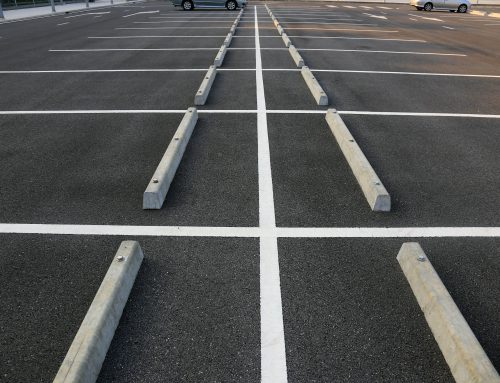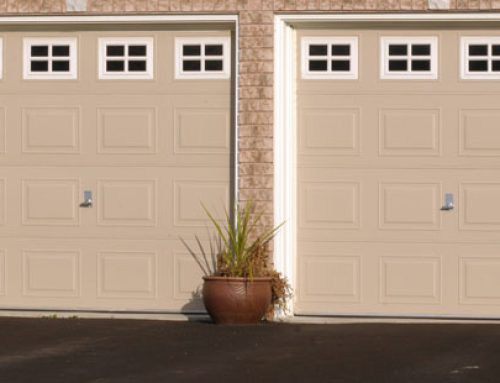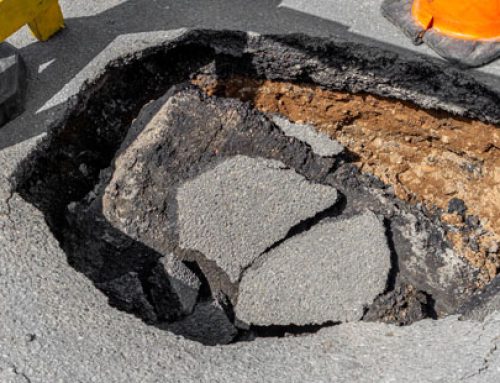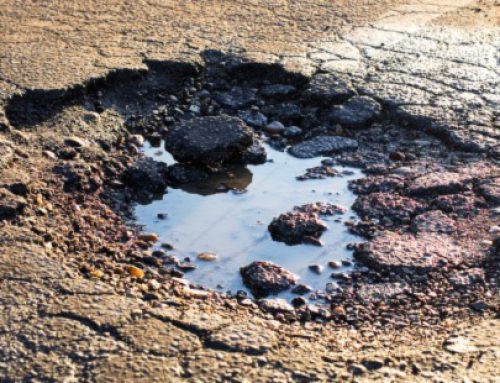Keeping your asphalt driveway in good condition is a worthwhile investment. Asphalt pavement can last 20 years or longer when poured correctly and well-maintained. Your driveway will last longer if you reseal it every three years to help prevent cracks and deterioration.
Read More: 6 Tips to Extend the Lifespan of Your Asphalt Driveway
The most frequent cause of cracks is water seeping below your asphalt driveway surface and expanding or contracting with freezing and thawing temperatures. Once you patch and fill any cracks, seal your driveway to prevent further water seepage.
If your driveway develops a crack, it will continue to spread unless you fill it quickly. Small cracks left alone will lead to larger problems and more costly repairs.
When you notice cracks in your asphalt driveway, follow these steps to stop cracks in their tracks!
Preparation
- Before patching the crack, clean the affected area so that the patching material adheres easily.
- Use a hammer and chisel to remove broken pieces of asphalt obstructing the crack.
- Next, use a wire brush to remove dirt and debris from the crack.
- Then use a shop vac or compressed air gun to ensure that all of the loose debris has been removed. You can also use a garden hose to flush out the crack if you don’t have a shop vac or air gun – make sure the crack is completely dry before continuing.
- Safety tip – wear goggles to prevent small debris particles from harming your eyes.
How to Repair Small Cracks (1/8 in – 1/2 in)
- Use a rubberized asphalt-emulsion crack filler to fix small cracks. Be careful not to get any of the filler on unaffected areas as it can stain the driveway.
- If possible, use a caulking gun to apply the filler. The filler can be poured carefully into the crack if you don’t have a caulking gun.
- Use a trowel or putty knife to smooth out the surface of the crack. If these aren’t available, you can use rubber gloves and smooth the crack out with your thumb.
- Before driving over the repaired area, allow the filler to dry according to the package instructions.
How to Repair Larger Cracks (1/2 in +)
- If the crack is deeper than two inches, you should first fill the crack up to the two-inch mark with small, crushed gravel. Avoid using pea gravel or other larger gravel, as it can shift frequently and doesn’t provide a solid base.
- Use a steel tamper or a 4×4 wooden post to compact the gravel.
- Next, fill the crack with a cold process asphalt repair compound.
- Compact the compound with the steel tamper or 4×4 wooden post.
- After compacting, you may need to add more compound material and repeat the tamping process to ensure a level driveway.
Dry Thoroughly
The surface of your driveway will dry in a day or two, but the layers beneath may take a few weeks to harden completely. Don’t seal your driveway during this time, as it will prevent air from getting to the patched areas and won’t harden properly.
Prevent Asphalt Driveway Cracks with Quick Repairs and Regular Sealcoating
Once your repaired cracks have completely dried, consider a fresh layer of sealcoat. A new layer of sealcoating protects your driveway and prevents moisture from seeping in and causing more cracks.
Read More: Top 5 Benefits of Sealcoating Your Asphalt Pavement
Are you looking for asphalt crack repair services in the Brazos Valley area? Premium Asphalt Paving & Sealcoating provides exceptional residential and commercial paving services to customers in Central Texas. Contact us today for a FREE estimate and let our experienced team help you with your next asphalt project








